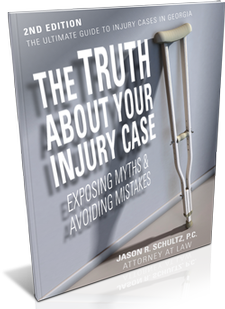There are two non-spastic forms of cerebral palsy:
- Dyskinetic cerebral palsy is characterized by fluctuation between quick, jerky movements, and slow continuous movements that are involuntary. It is divided into two different groups:
- Athetoid cerebral palsy is characterized by involuntary movements and muscle spasms.
- Dystonic cerebral palsy affects the trunk muscles and creates a fixed posture
- Ataxic cerebral palsy affects depth perception, coordination, balance, and posture. The child may have abnormal walking patterns or an unsteady gait.
What are the causes of cerebral palsy?
Cerebral palsy is linked to a number of cases, including factors associated with the baby’s development in the womb and labor and delivery complications.
Factors that may increase the risk of cerebral palsy before the birth include maternal infections such as:
- Rubella
- Severe jaundice
- Toxoplasmosis
- Other infections not detected in time.
Failure to treat jaundice soon after birth is a causal factor of cerebral palsy. Many babies suffer from jaundice after birth, but when the jaundice is severe and untreated, it could result in damage to the baby's brain.
Other factors include Rh incompatibility between the mother and baby, a condition in which the mother’s body produces antibody cells that attack the fetal cells because the mother’s body thinks the baby’s blood is a foreign substance.
Further, the use of certain types of devices during delivery, as well as trauma during the delivery could also cause injuries that result in brain damage.
Can medical malpractice cause cerebral palsy?
Medical malpractice can contribute to cerebral palsy, especially when there is a delay in delivering the baby even after signs of fetal distress. When a doctor delays the decision to perform a caesarean section (C-section), resulting in severe distress to the baby, the baby could suffer severe oxygen deprivation, resulting in blockage of oxygen supply to the brain. In many cases, oxygen deprivation can be serious enough to cause brain damage, and possibly cerebral palsy.
There may be other types of medical negligence that occur after the delivery. For instance, failure to provide the newborn with appropriate treatment for severe jaundice soon after the delivery could also result in cerebral palsy. Failure to treat other types of infections that can damage the brain, such as meningitis, is also an example of medical negligence, contributing to cerebral palsy. If your child was transferred to another hospital or needed special testing e.g. MRIs, there may have been medical negligence.
What should I do if medical malpractice caused my child’s cerebral palsy?
If you believe that there was medical negligence in your case, resulting in your child’s cerebral palsy, speak with an attorney. Investigations will clearly identify whether there was negligence during your pregnancy, labor, or delivery that could possibly have caused the baby’s brain damage.
Speak to a medical malpractice attorney in Georgia to understand your options for legal compensation in a birth injury claim after a diagnosis of cerebral palsy. To identify the negligent parties in your child's birth injury claim, and to learn what types of damages you may be eligible for, contact medical malpractice attorney Jason Schultz at 404-474-0804, and discuss your case.


